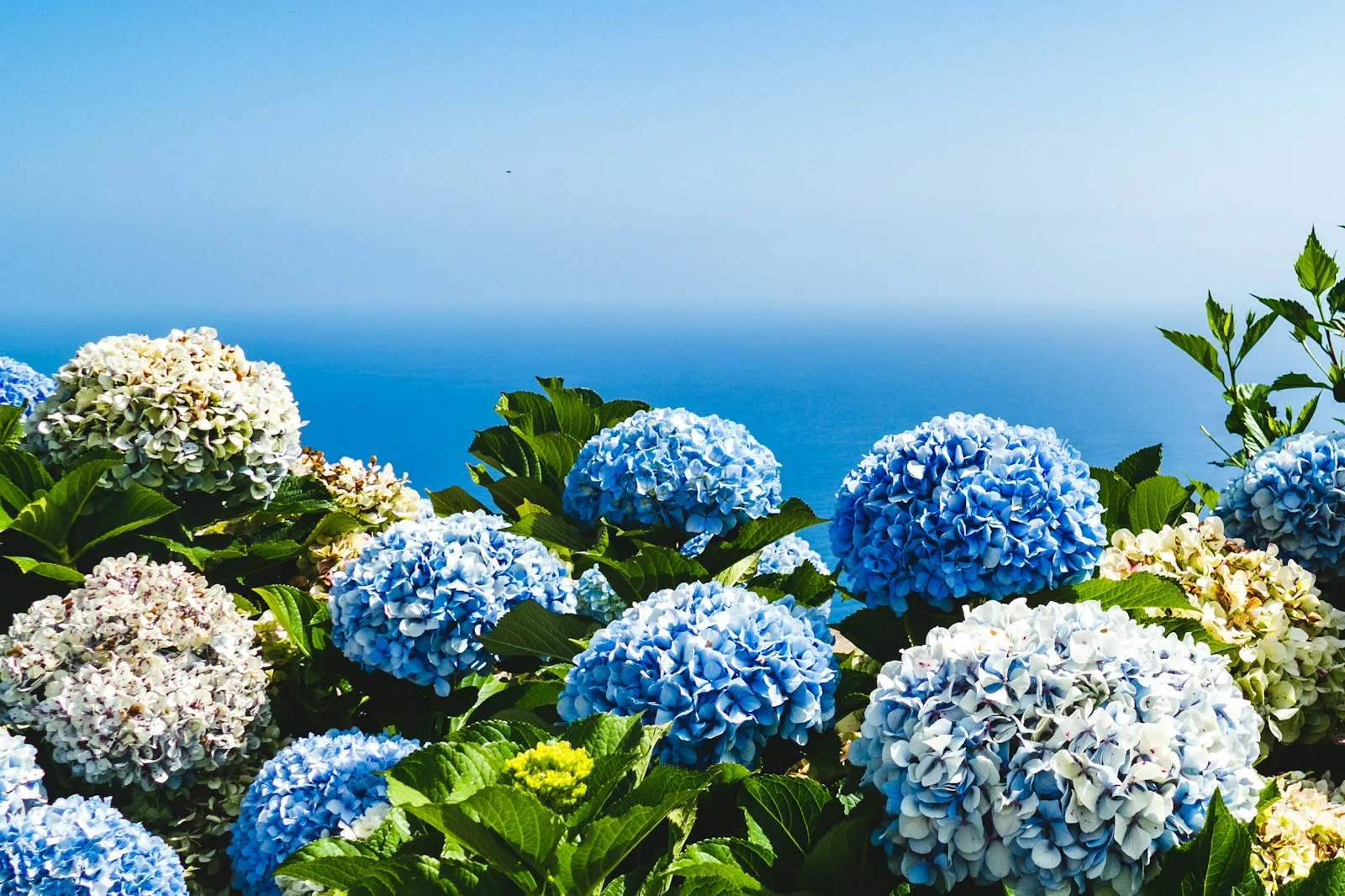
Table of Contents
Southern gardeners love hydrangeas for their gorgeous blooms. But even these effortless beauties can suffer if we make a few frequent mistakes. If you want your hydrangea to thrive and bloom every year, here are eight important things to avoid:
1. Pruning Blunders

Regular pruning of hydrangeas is essential, but the right timing and method are important. In summer, overzealous pruning can leave you with bare stems. Instead, focus on pruning out dead wood and pruning raw branches. Pruning at the right time is more important:
- Summer: Cut back once-blooming plants such as mountain, oakleaf and French hydrangeas.
- Winter: Panicle and smooth hydrangeas require winter pruning. French hydrangeas that rebloom can be cut in summer or winter.
Read More: Mom shares $5 hack for bringing dead plants ‘back to life’
2. Sun vs. Shade: Finding the Perfect Balance
The location of the hydrangea is important. While French hydrangea looks ideal next to your mailbox, direct sunlight can burn the flowers. Here’s how to do it:
Especially during the hot summer months, French and bigleaf hydrangeas thrive in morning sun and afternoon shade. No flowers in total shade.
Oakleaf Hydrangeas: Will not bloom in direct sunlight; They prefer shade.
Panicle Hydrangeas: Will not bloom in partial shade; They prefer full sun.
3. Soil SOS: Setting the Stage for Success

The preference of hydrangea for soil type is obvious. Plant them in nutrient-rich, well-draining, loamy soil; Stay away from dry, rocky places. Soil pH can also affect bloom color. Find out what your particular hydrangea variety needs for best results.
4. Big Tree Blues: Avoiding Competition

Hydrangeas need their space to thrive. Planting them under a large tree creates competition for water and nutrients. Find a spot where your hydrangea can be the star of the show!
5. Watering Wisdom: Finding the Right Balance

Because of their thirst, French hydrangeas may require daily watering in hot, dry climates. Certain varieties of hydrangea—such as Limelight and Pee Gee—can withstand drought better. The secret is finding the right watering schedule that will always keep your hydrangea moist but not soggy.
Read More: Japanese Man Spends 2 Years Planting Thousands of Flowers to Bring His Blind Wife Joy
6. Fertilizer Frenzy: Less is More

Avoid using too much fertilizer! Overuse can cause fertilizer burn, which can hinder flowering. A better option is a slow-release fertilizer or a mixture of organic matter such as compost, sulfur and peat moss. Fertilizer should be applied around the base of the plant, away from the roots.
7. Keeping Your Hydrangeas Healthy: A Clean and Clear Zone

Allowing weeds to grow around your hydrangeas is like planting under trees because it removes important nutrients. Falling leaves also serve as a haven for bugs and diseases. To maintain the health of your hydrangea, regularly weed and remove fallen leaves. Trim the leaves at the base of the plant in spring to encourage new growth. On the other hand, do not remove the flowering leaves of old wood as this will prevent new flowers from forming next season.
8. Chasing Rainbow Dreams: Accepting Natural Beauty

Hydrangea flowers can be tempted to change color because of their bright blooms. This can only be done with certain species, however, and requires frequent additions of chemicals to the soil, which can upset the plant’s balance. Embrace the organic beauty of your hydrangeas and other plant types that come in colors you love.
READ | Gorgeous Twinleaf flowers for shade in your garden
READ | Hostas : 7 Common Mistakes to Avoid When Growing Your Hostas Garden


1 thought on “8 Hydrangea Mistakes You Should Never Make”